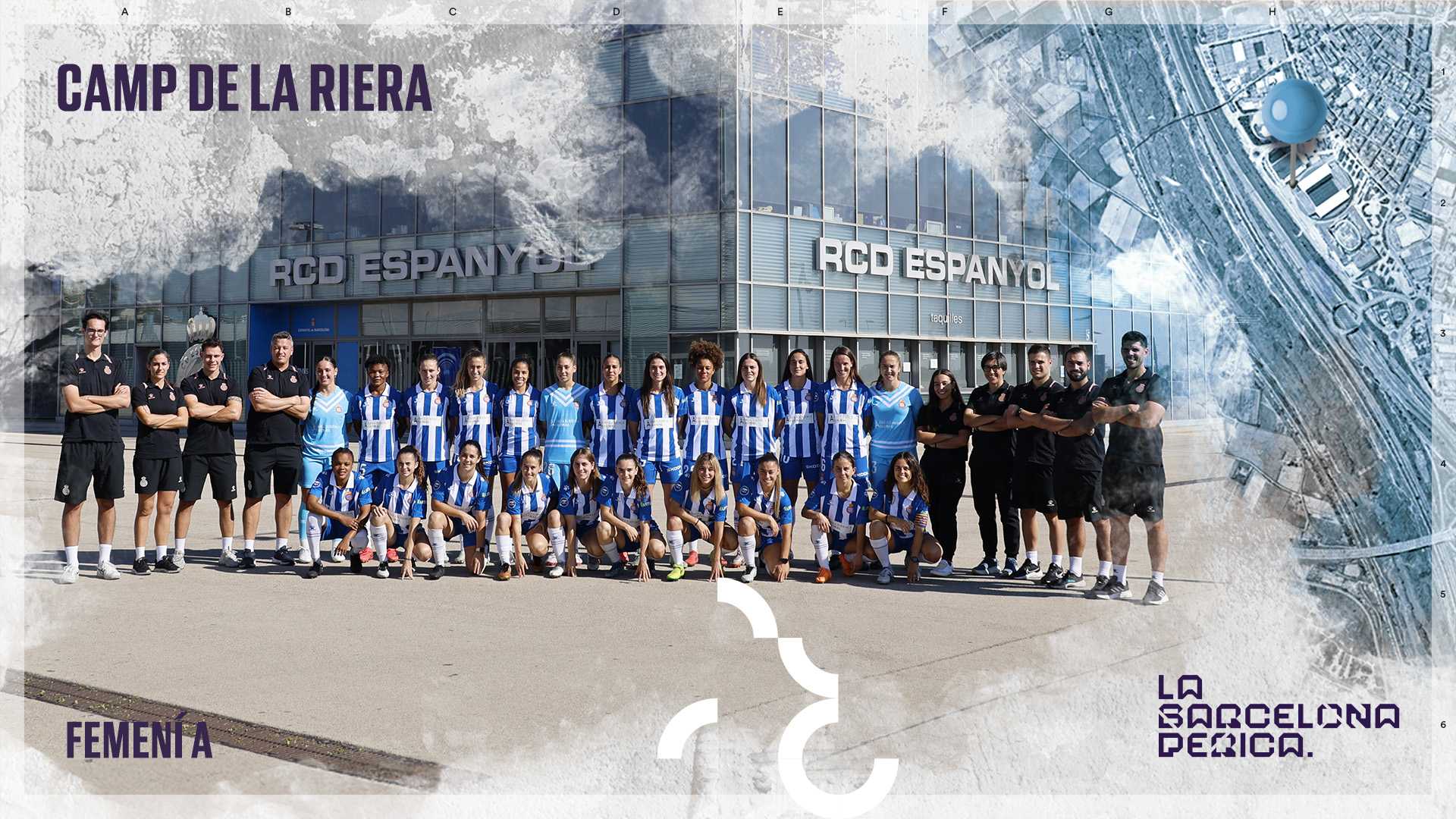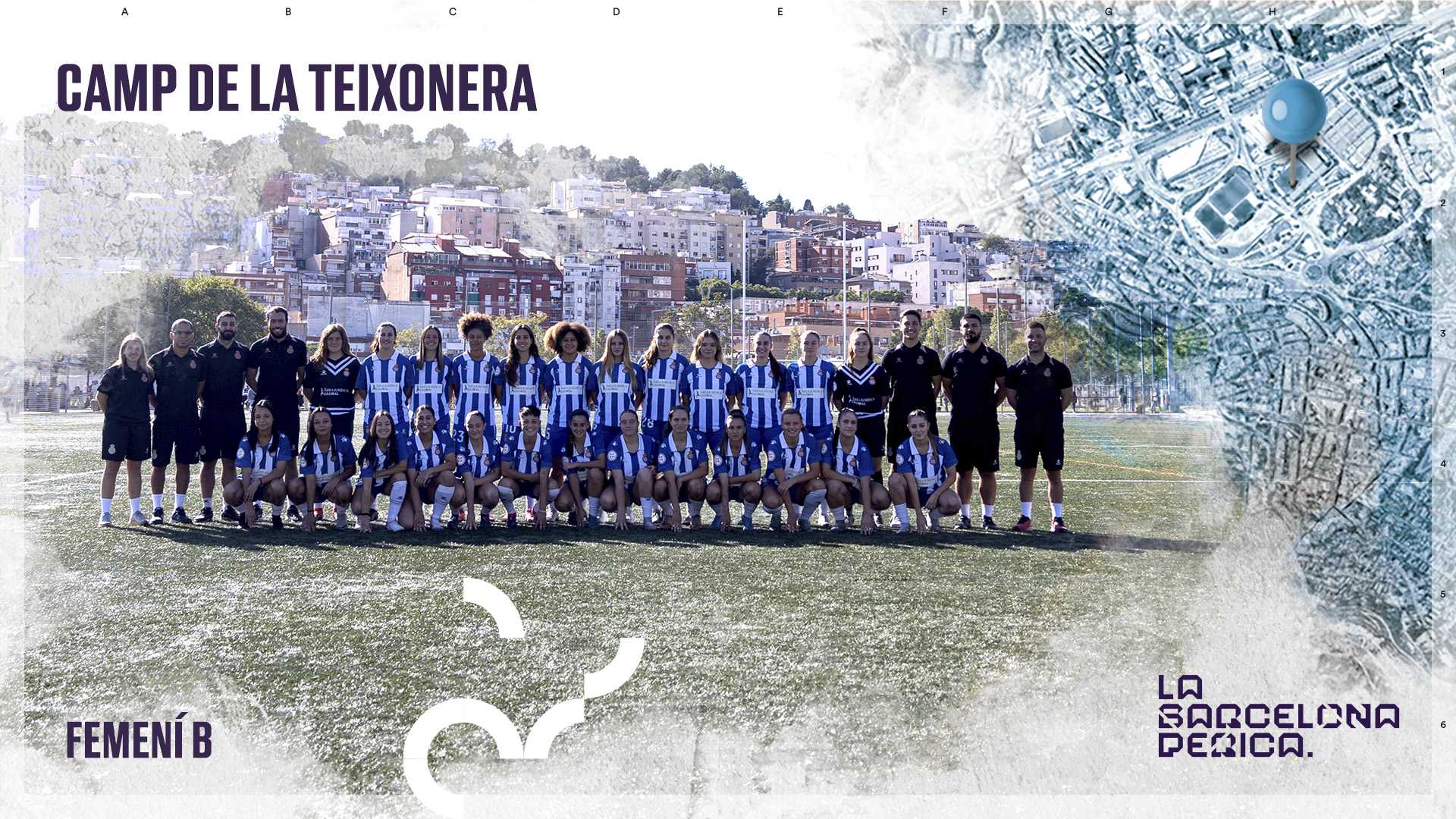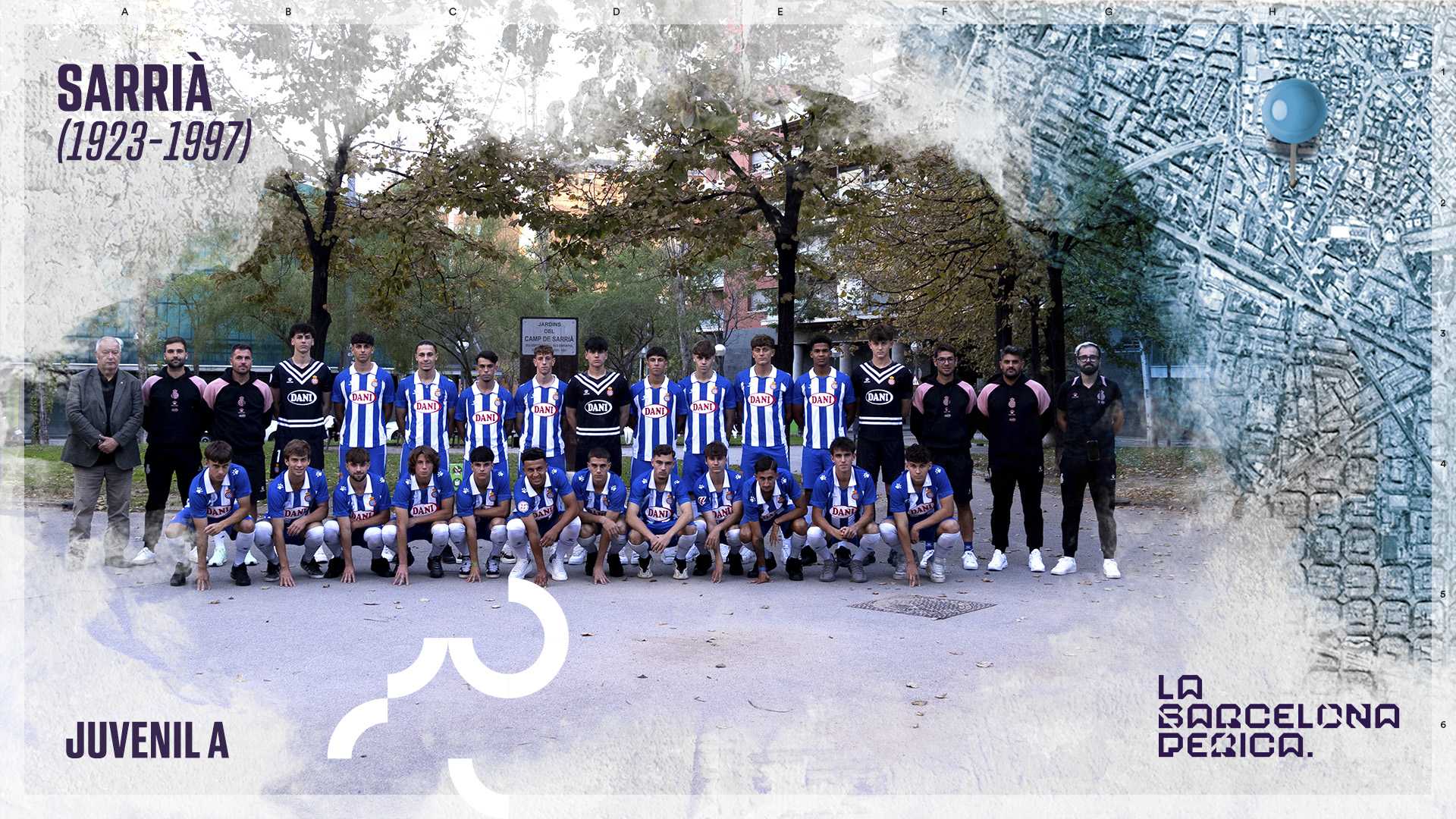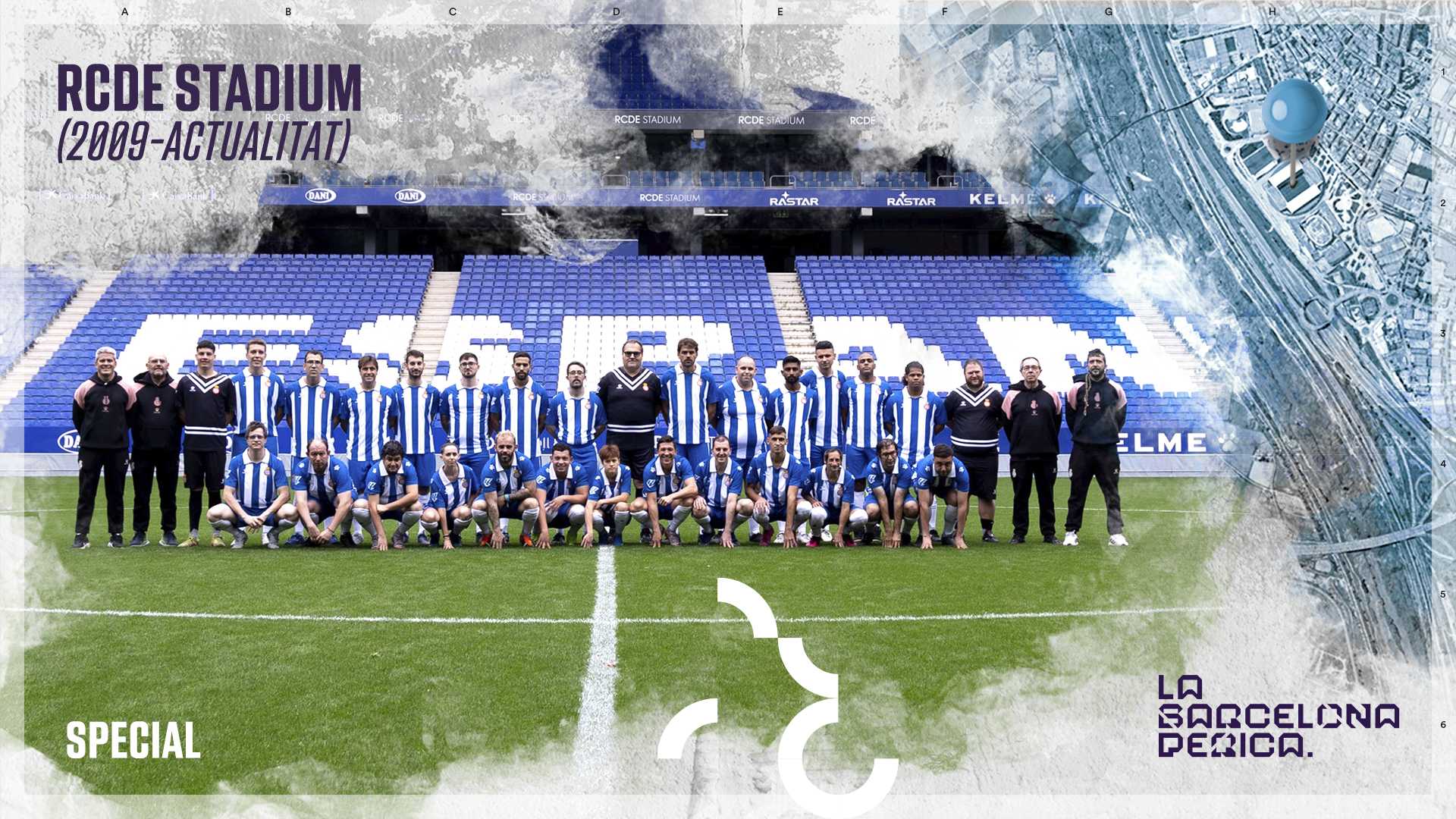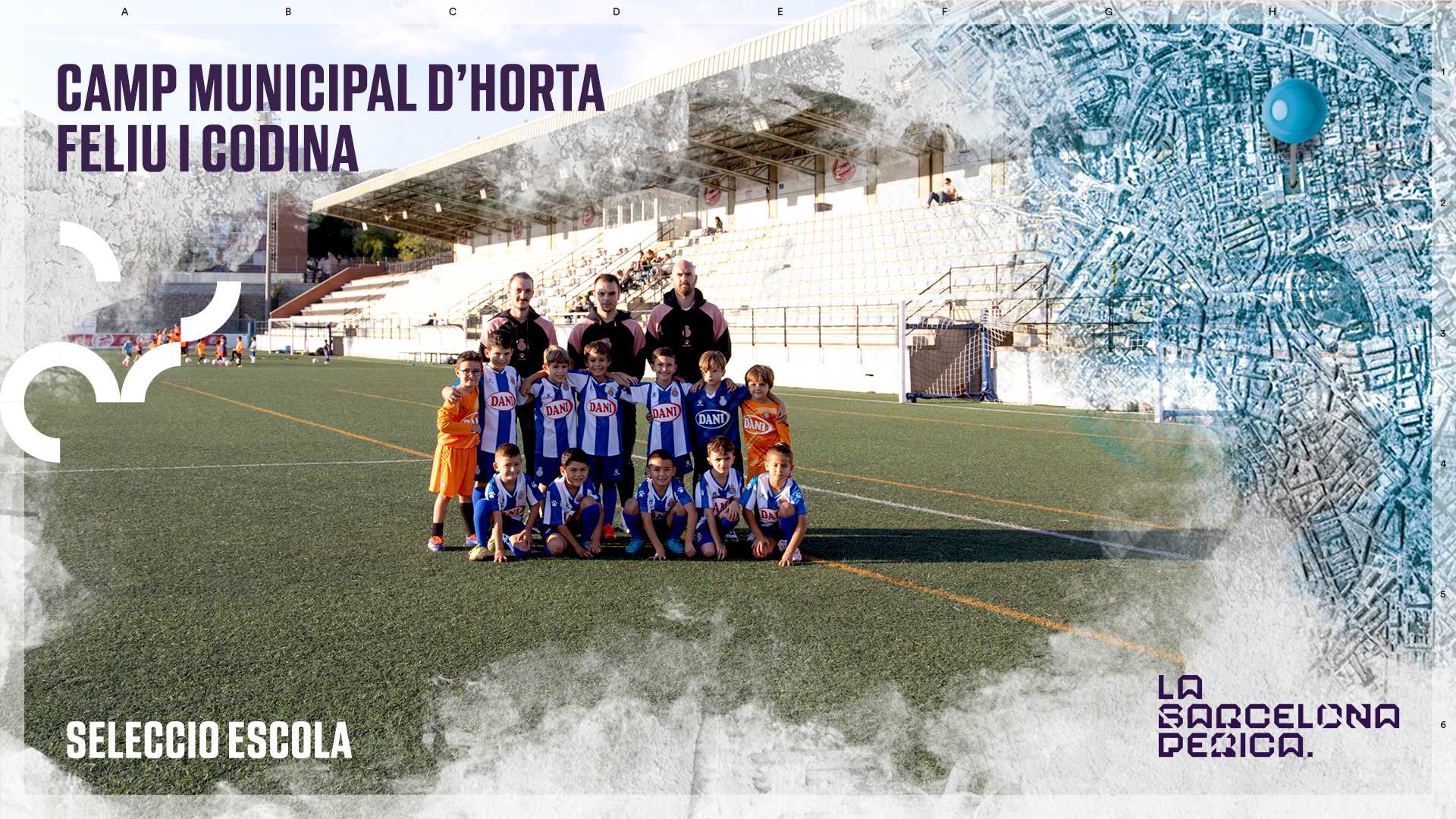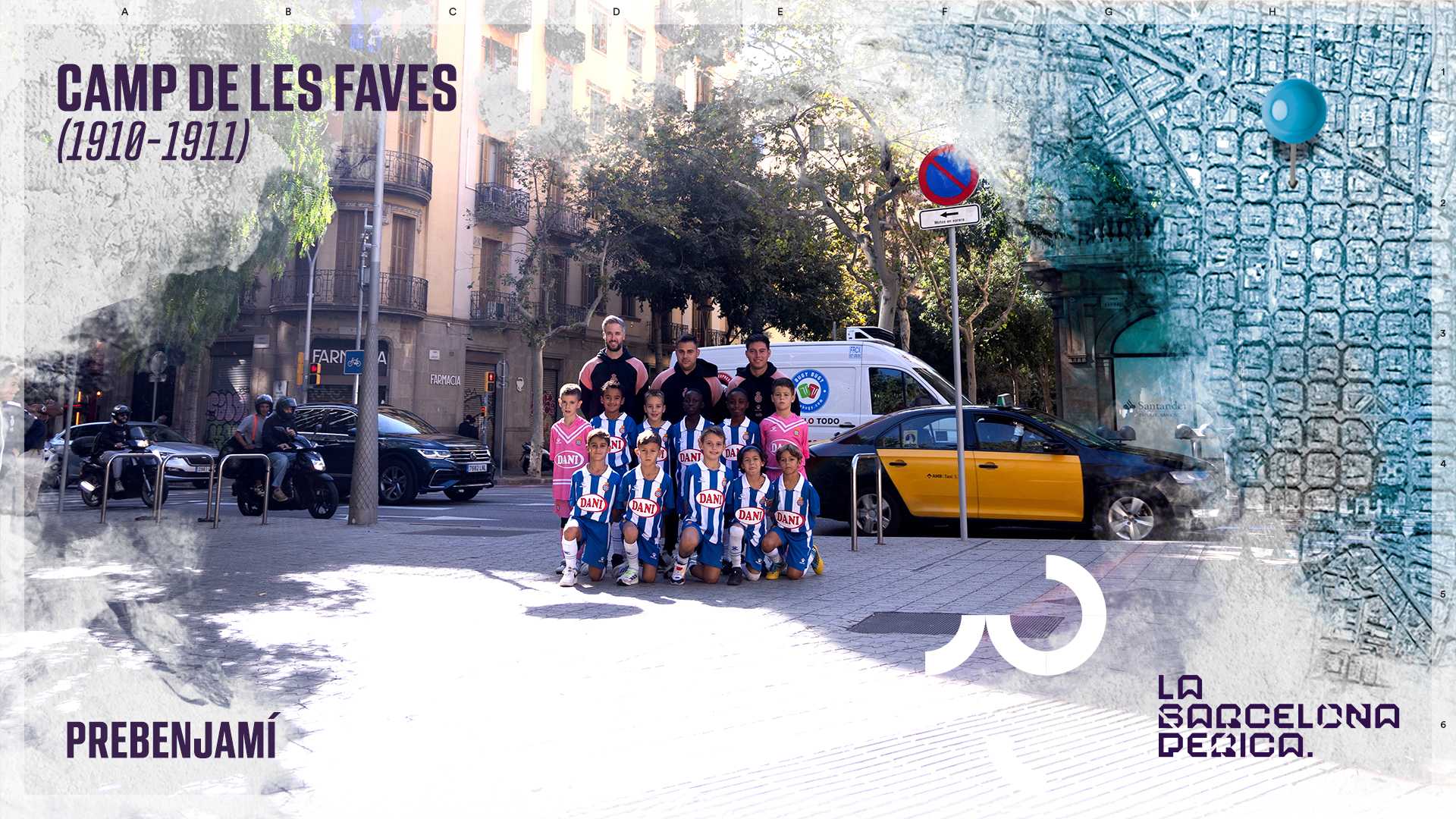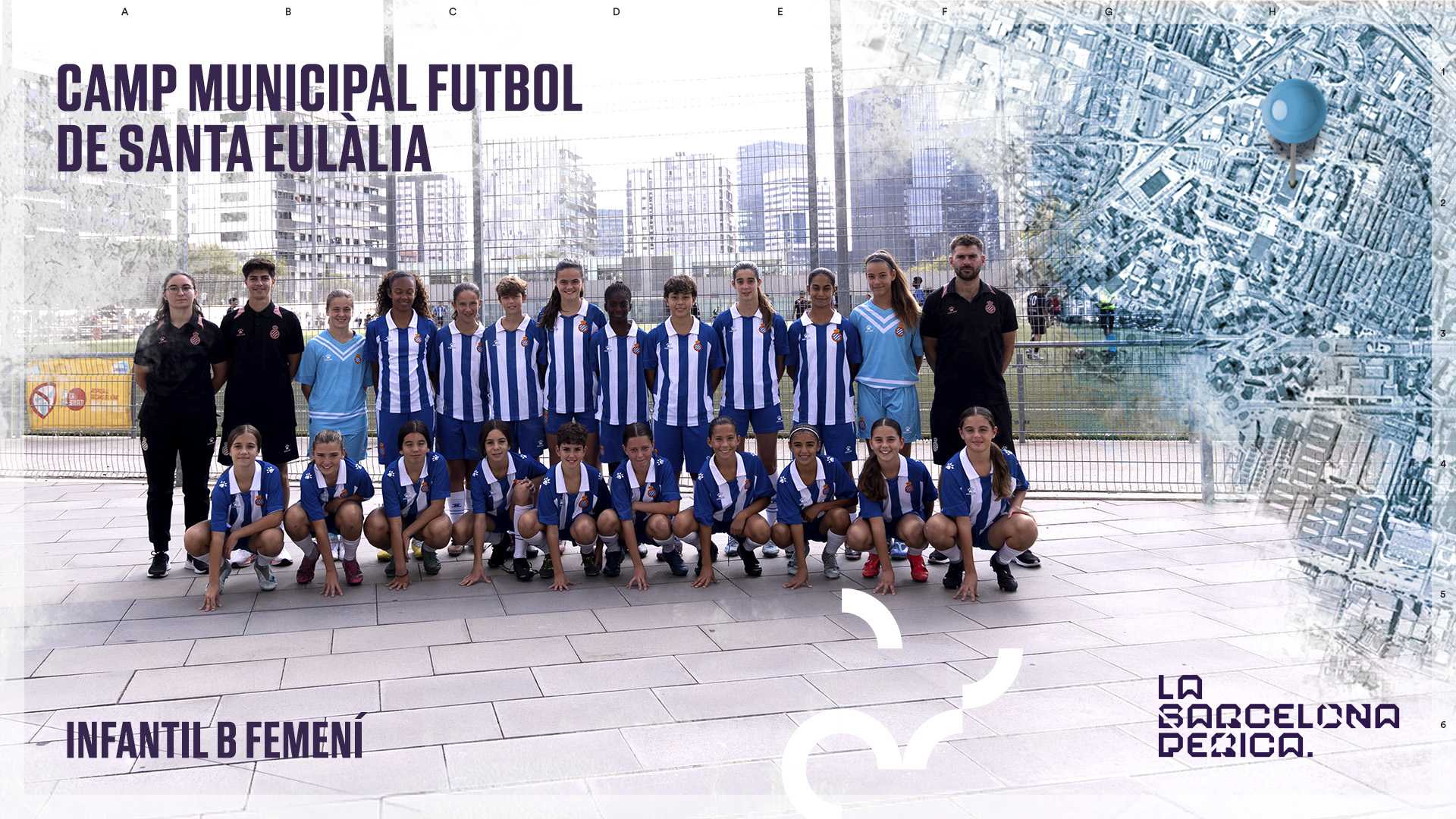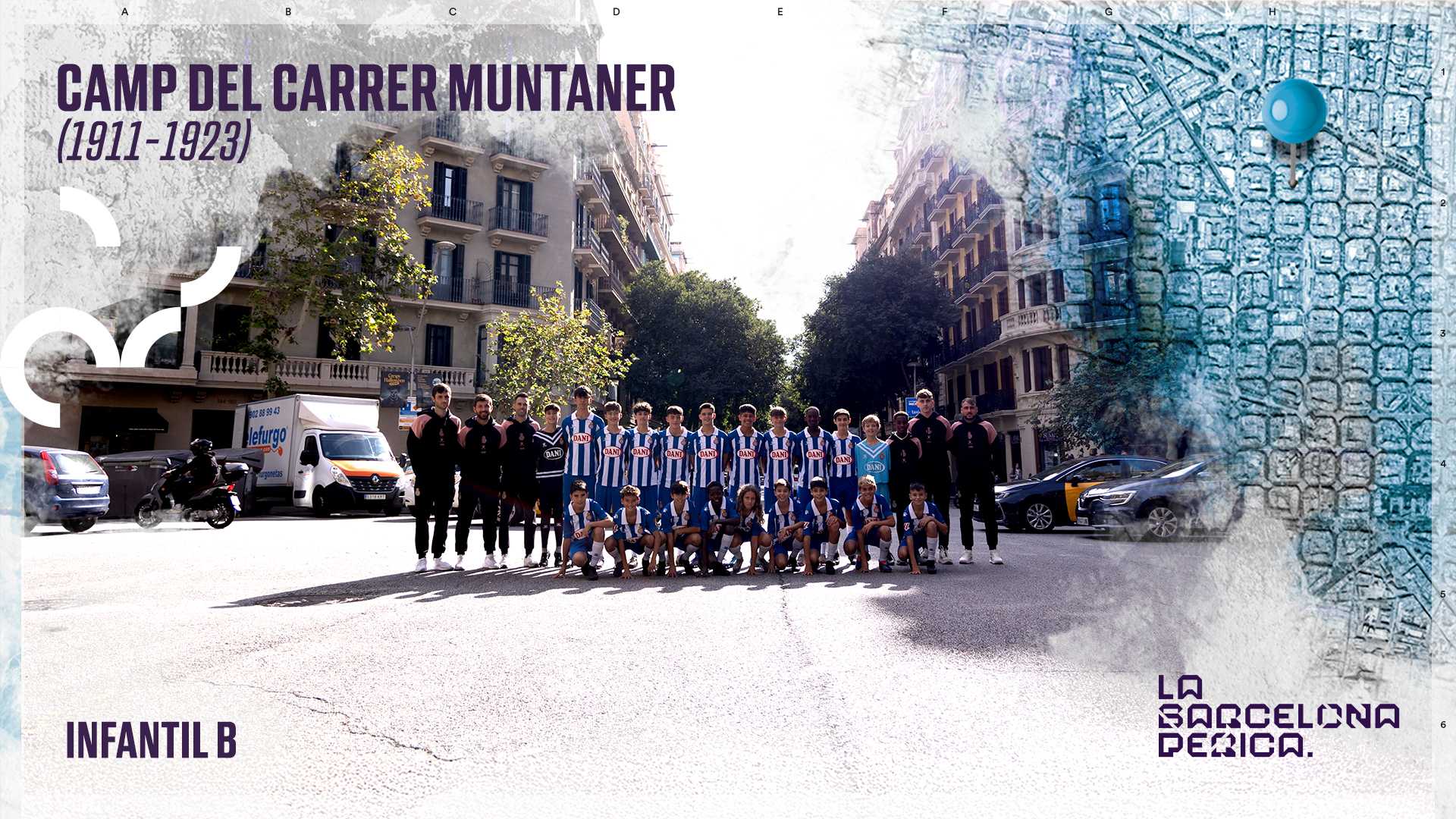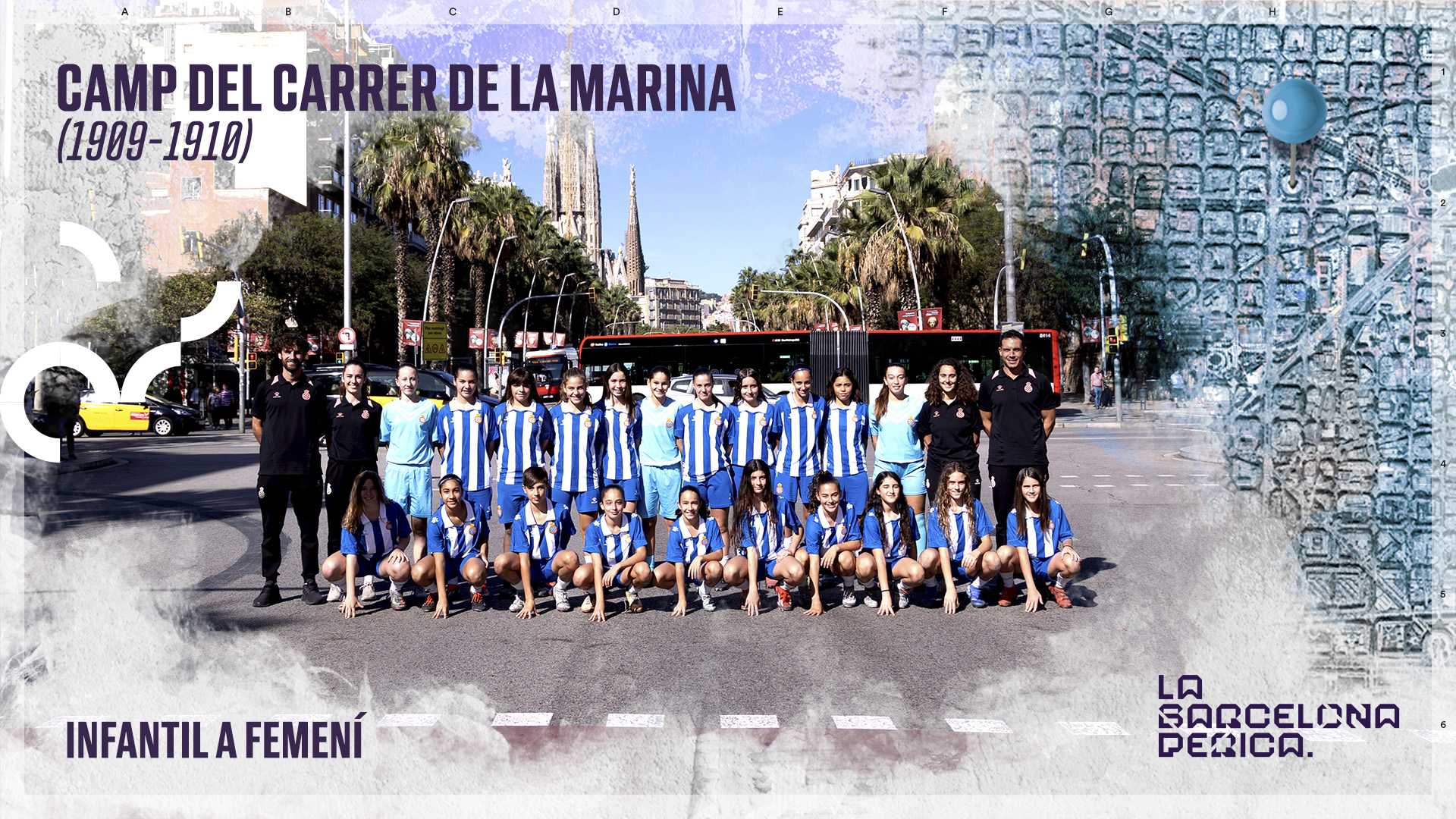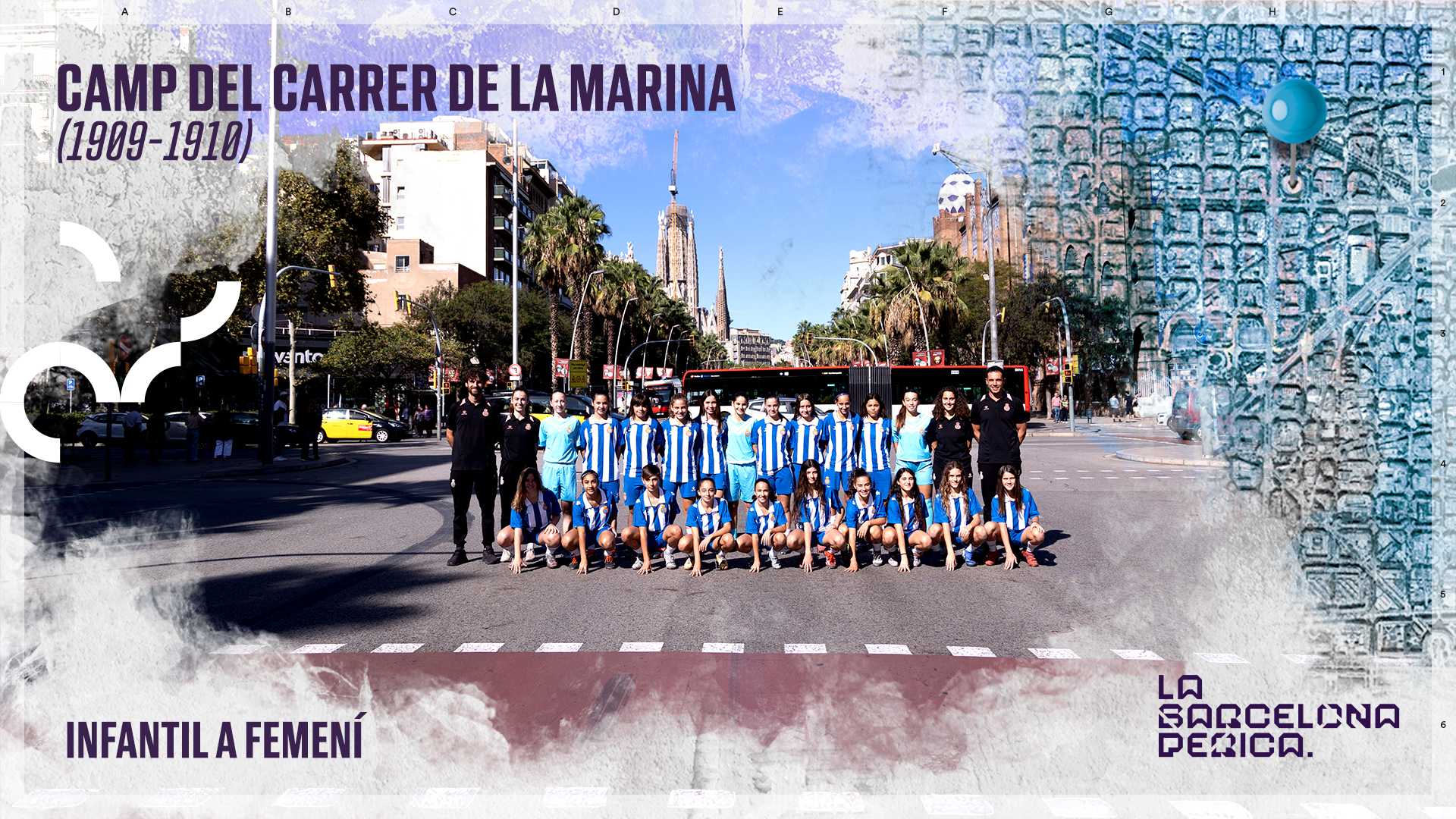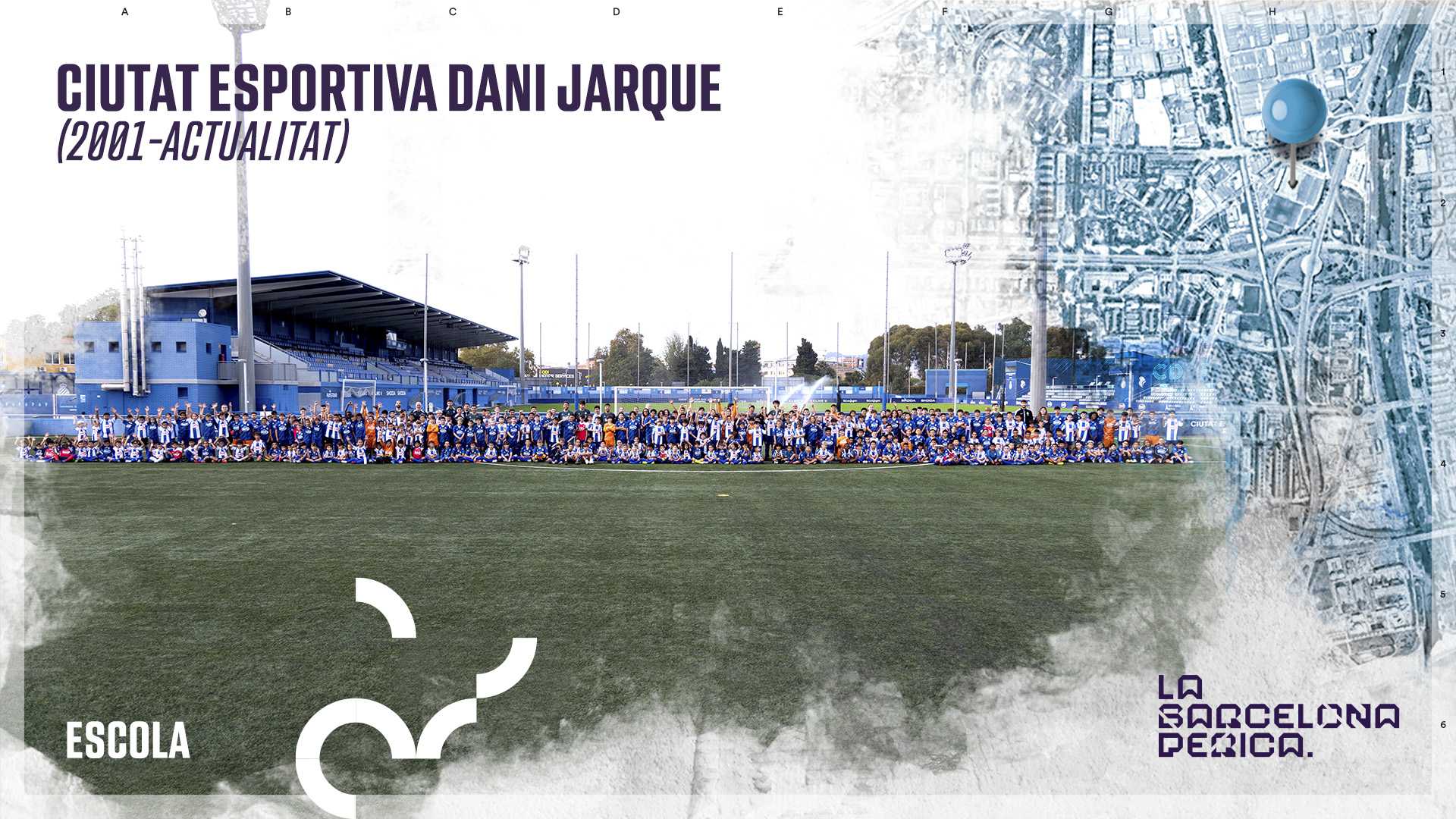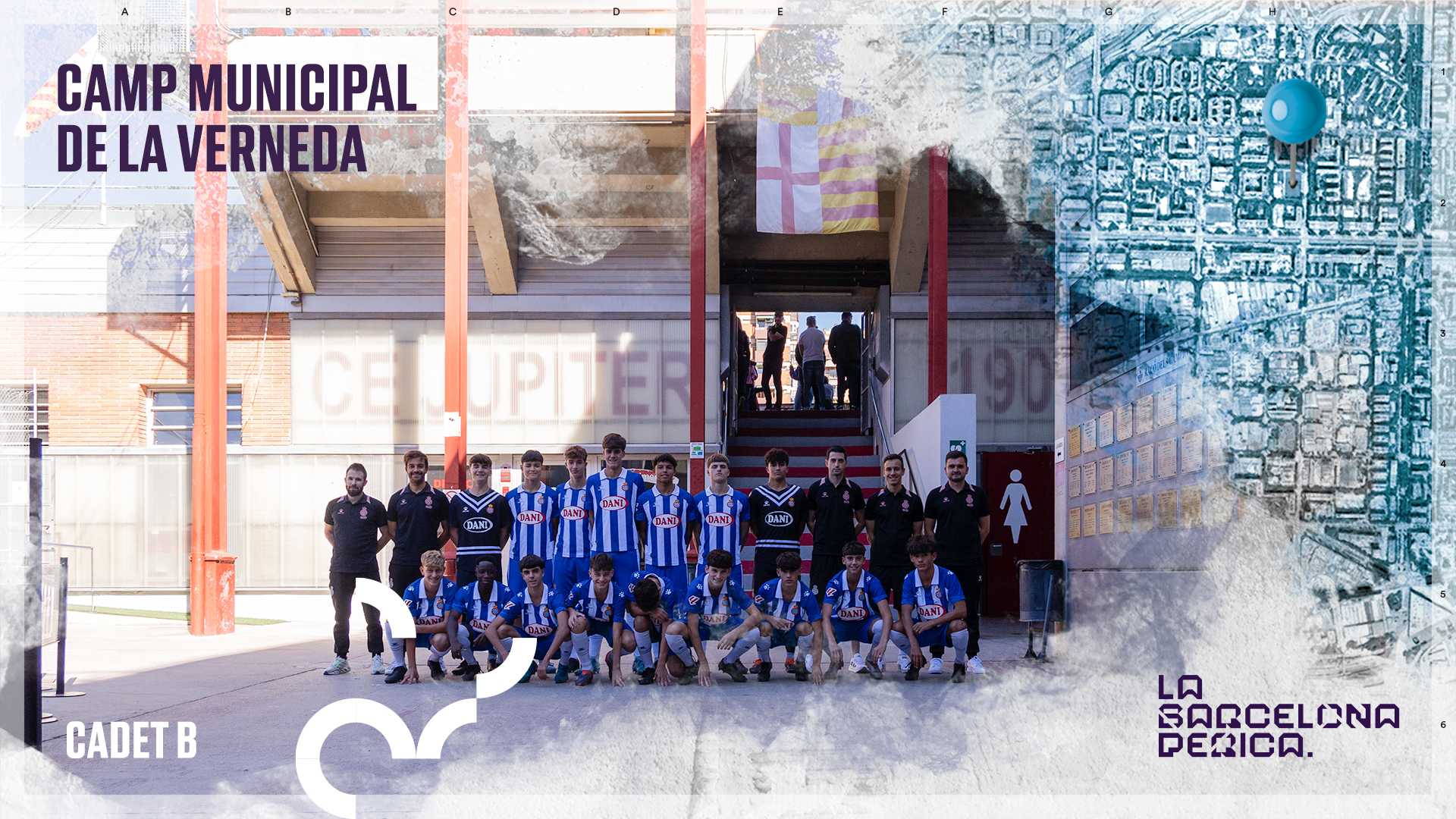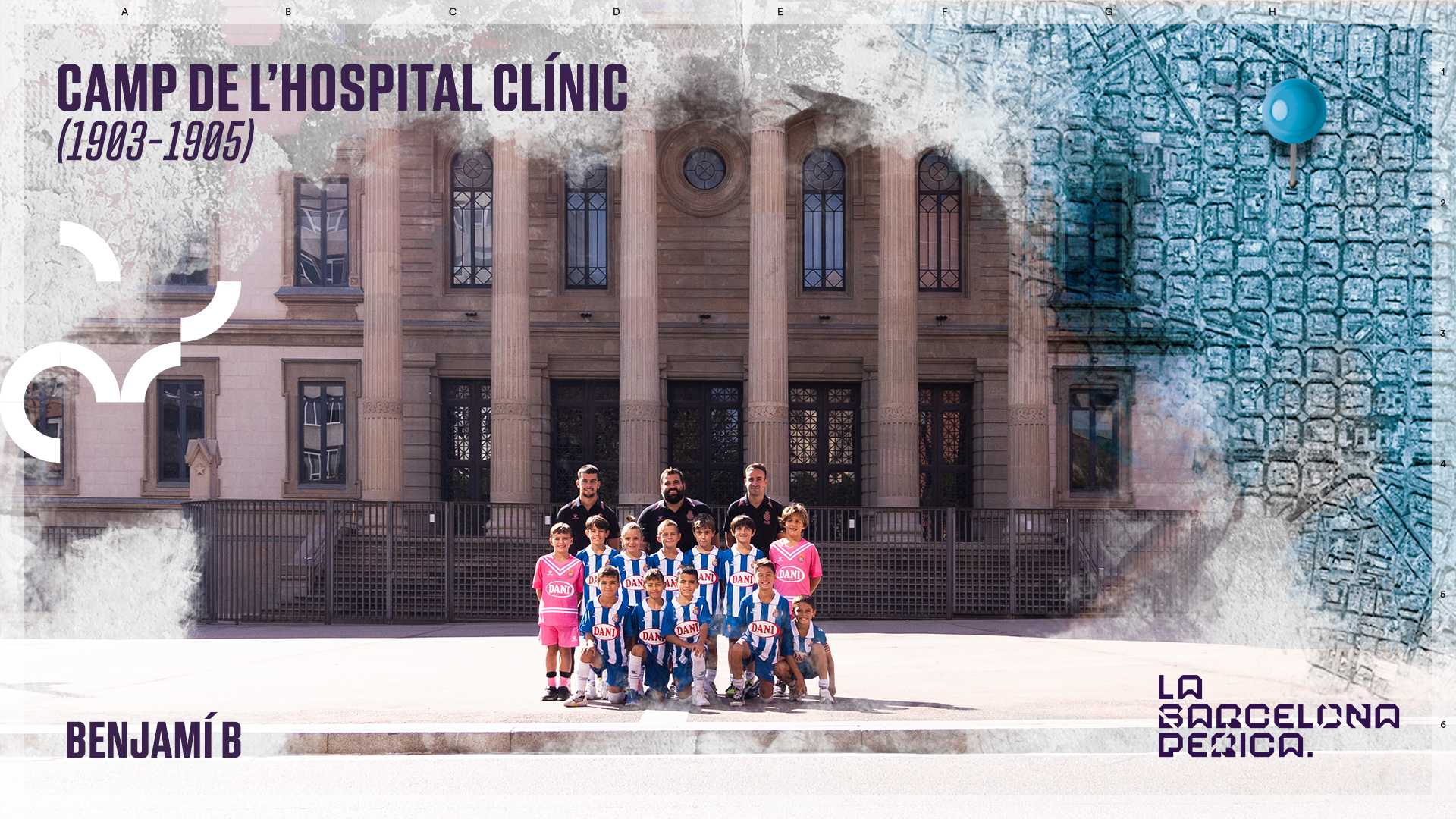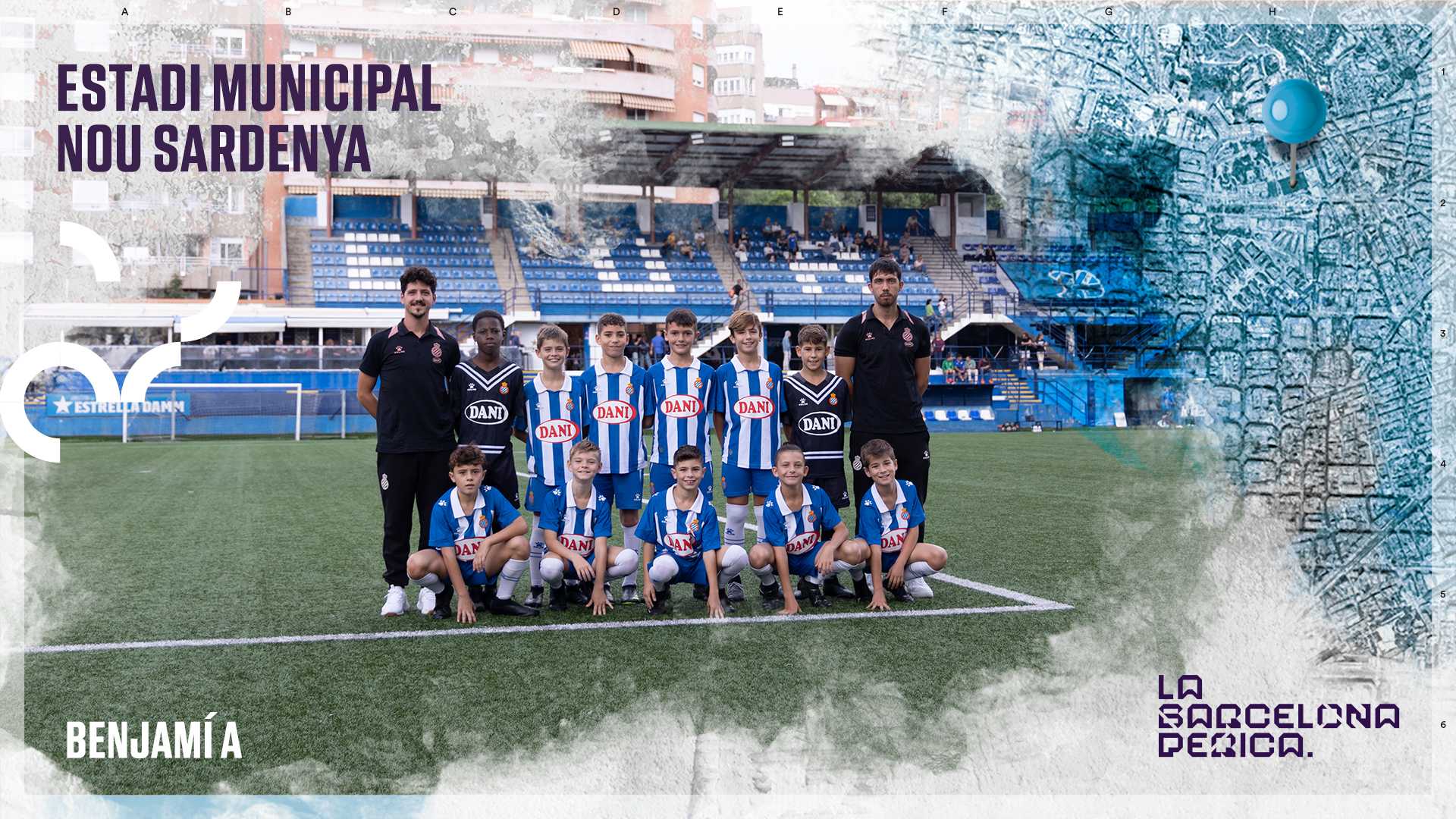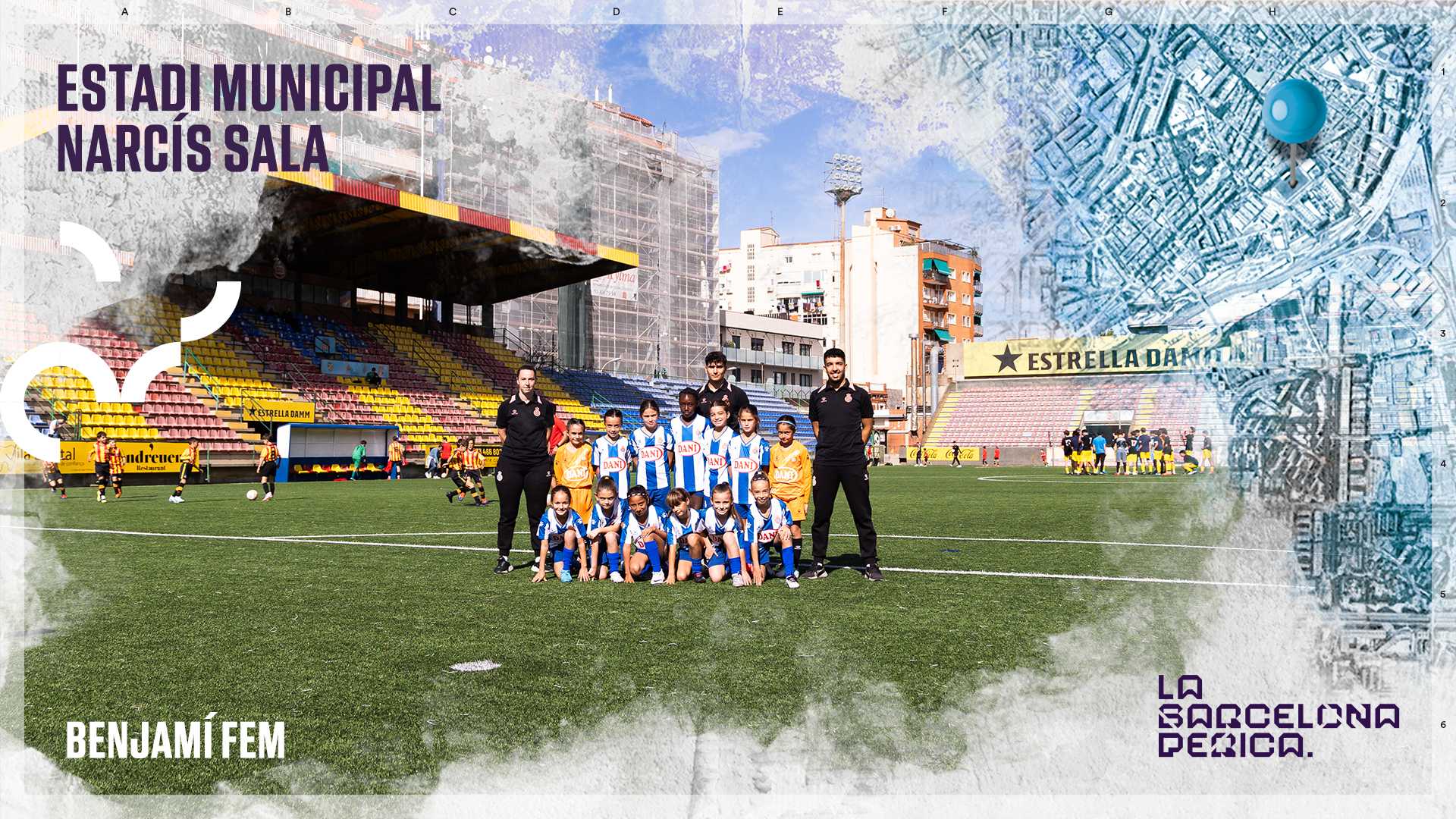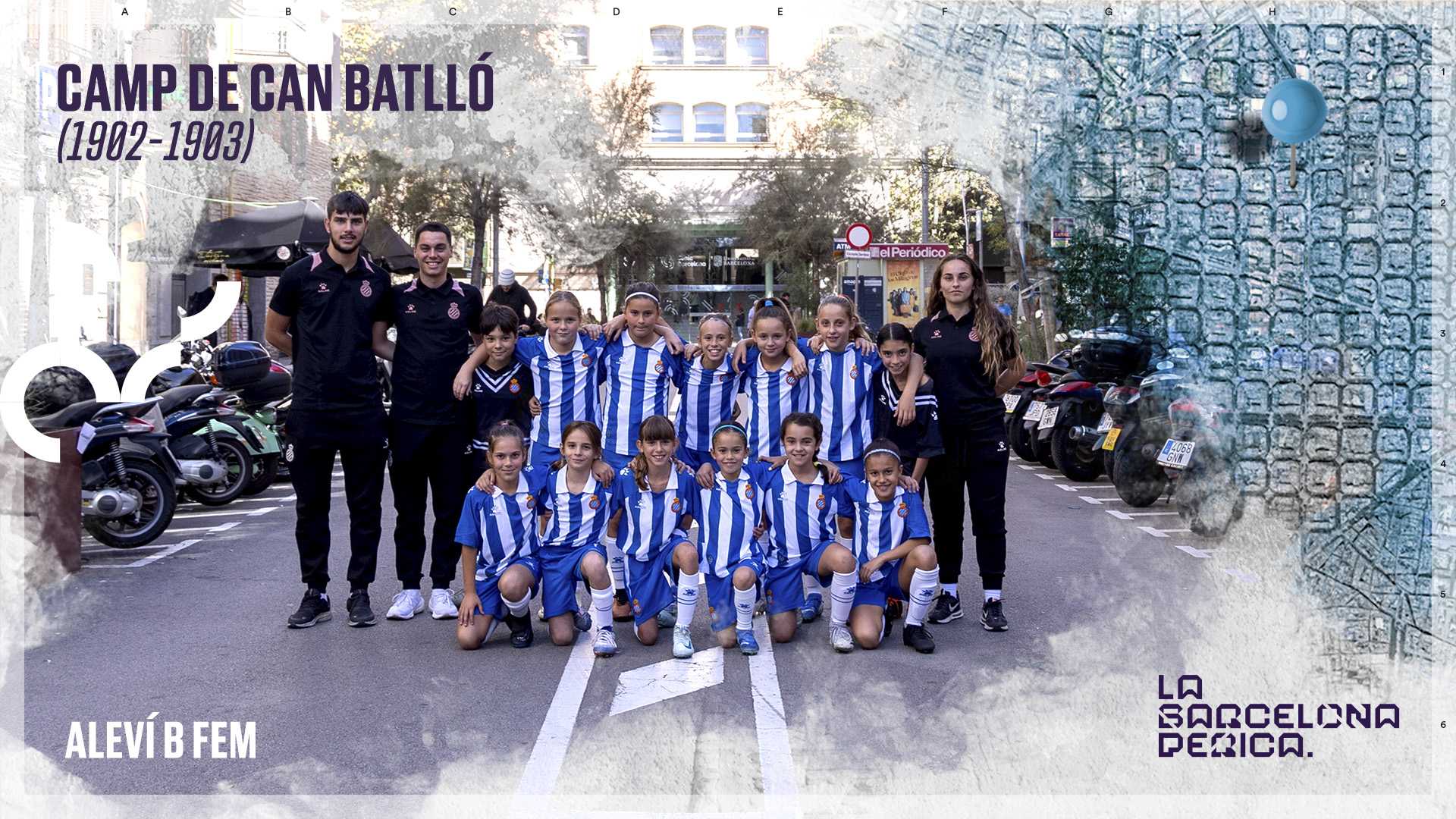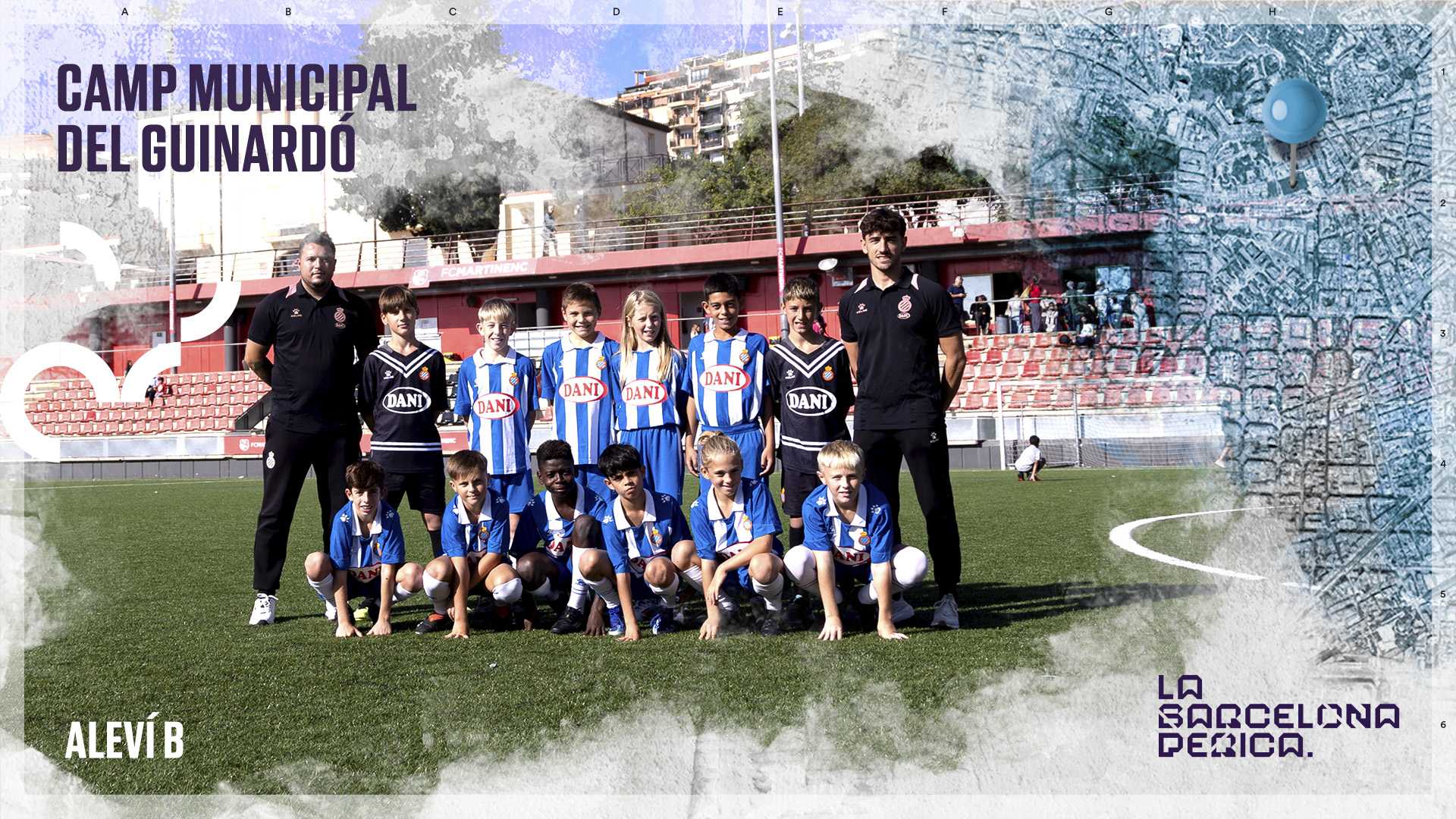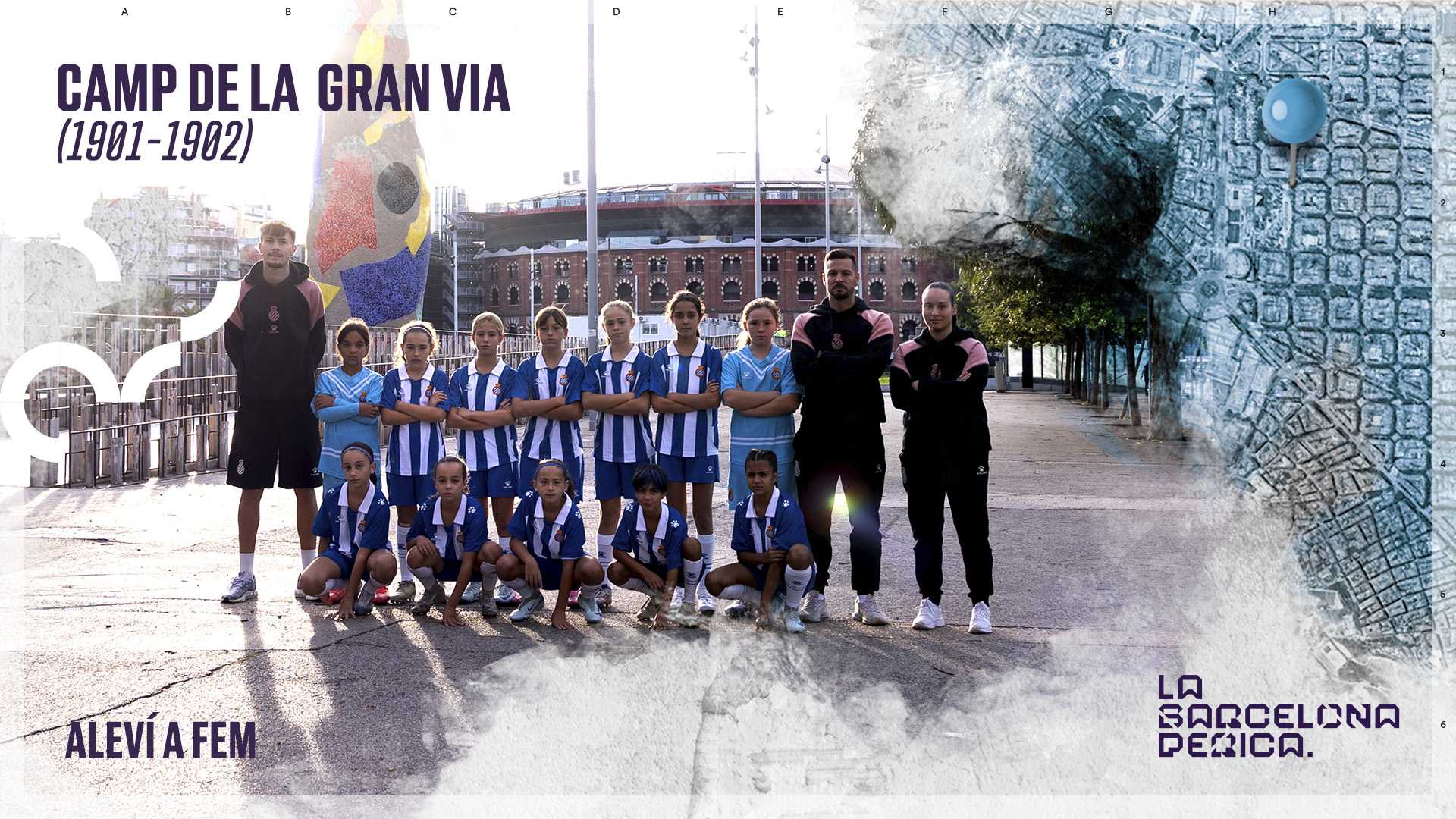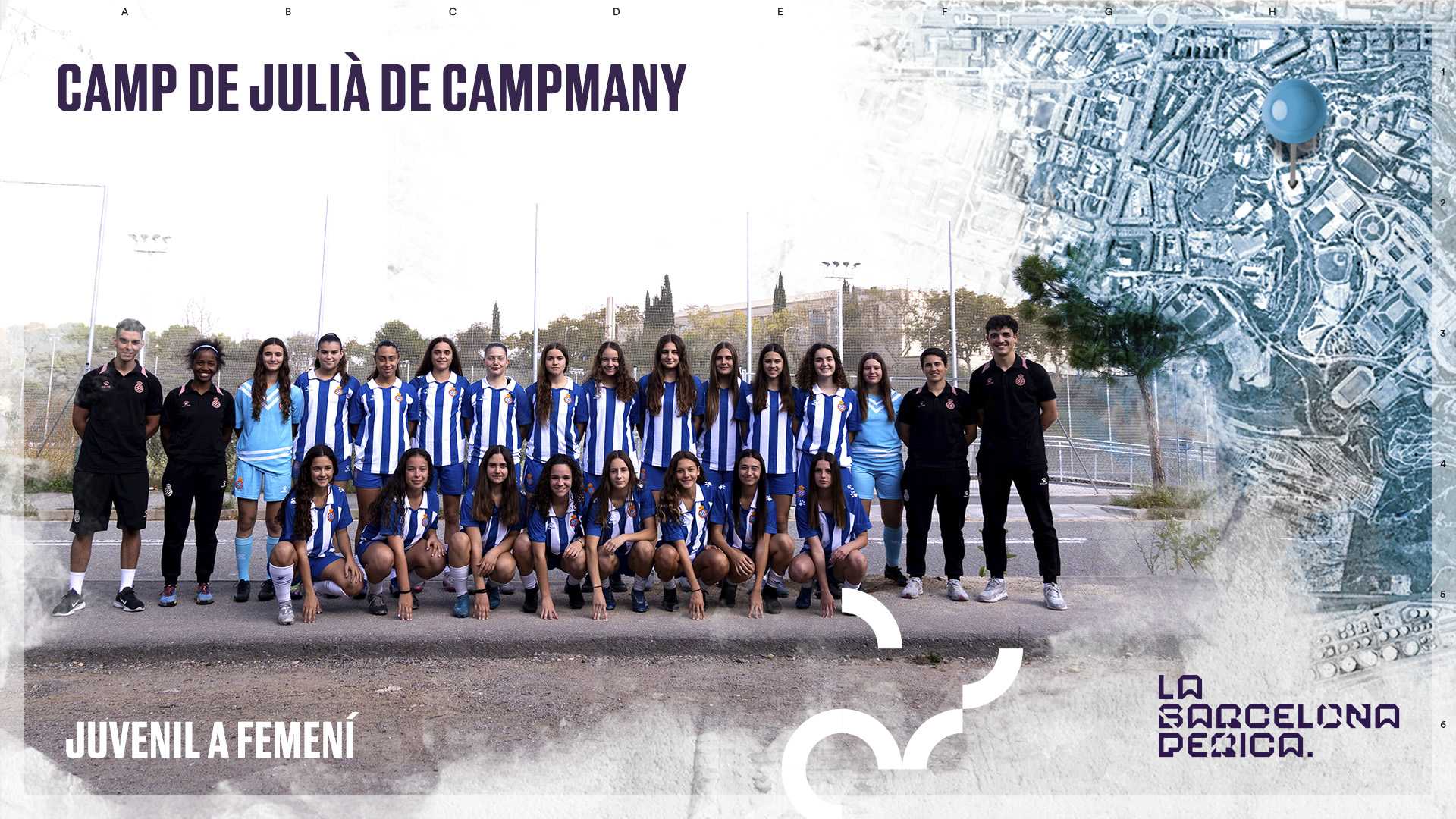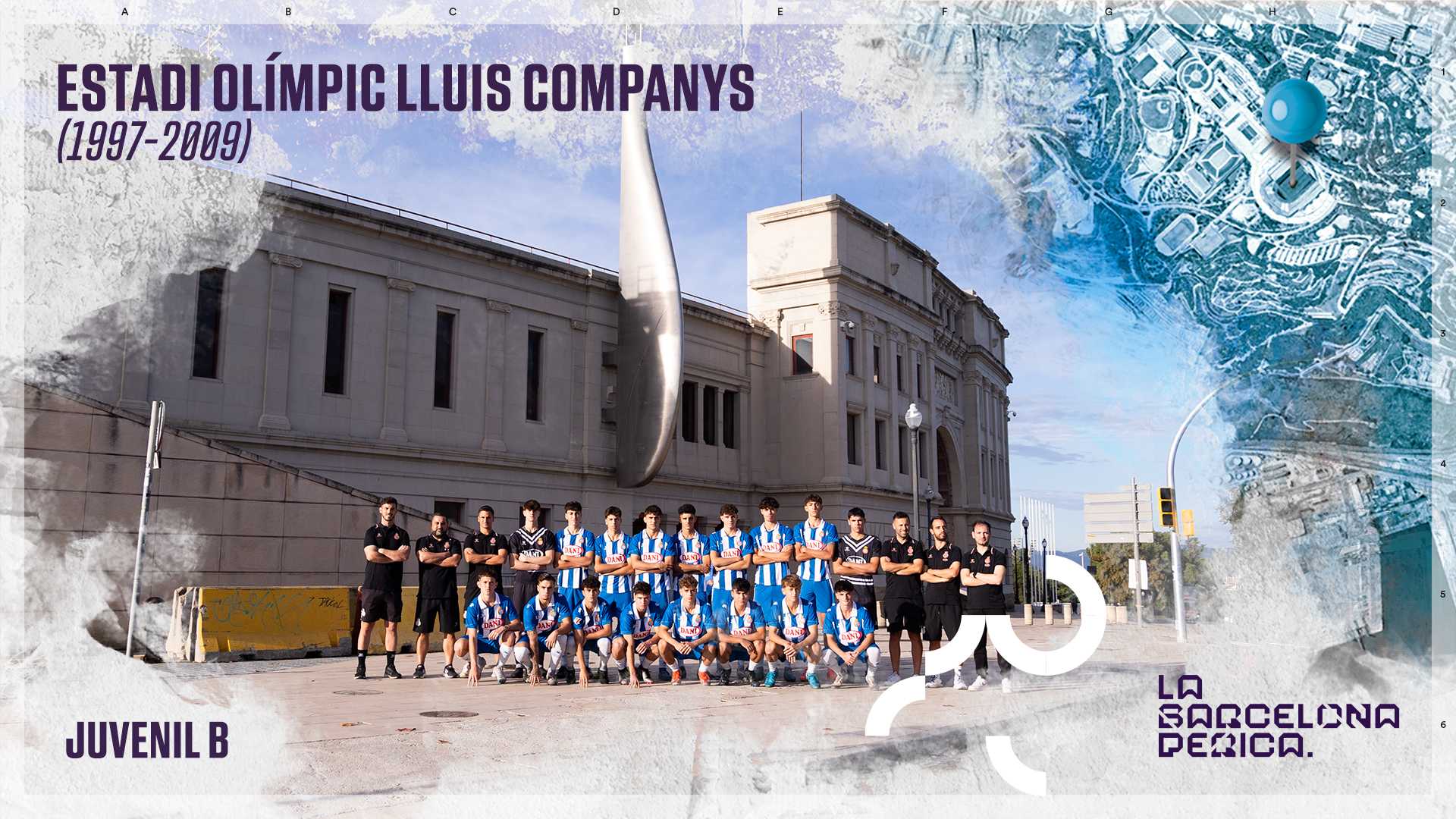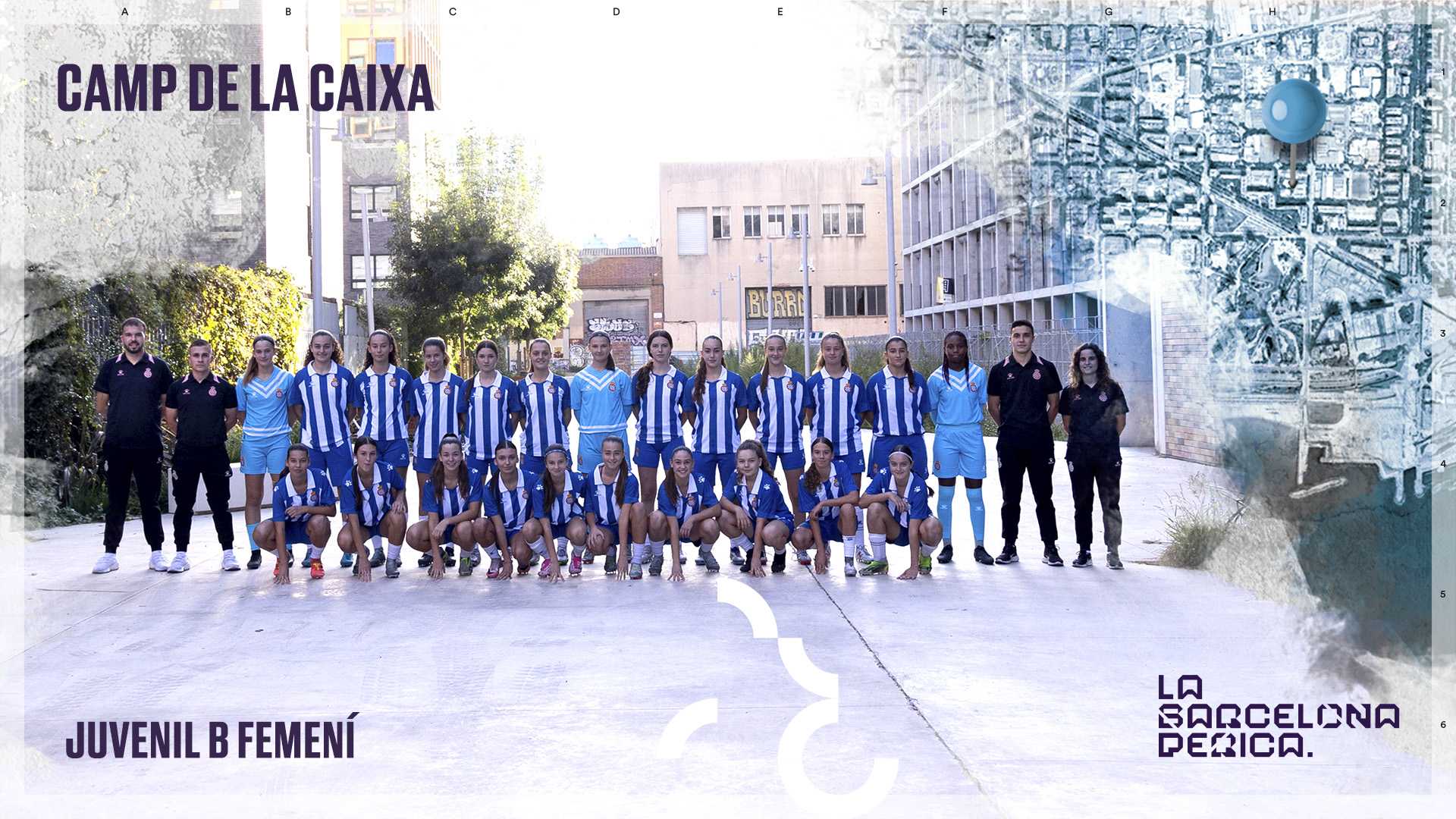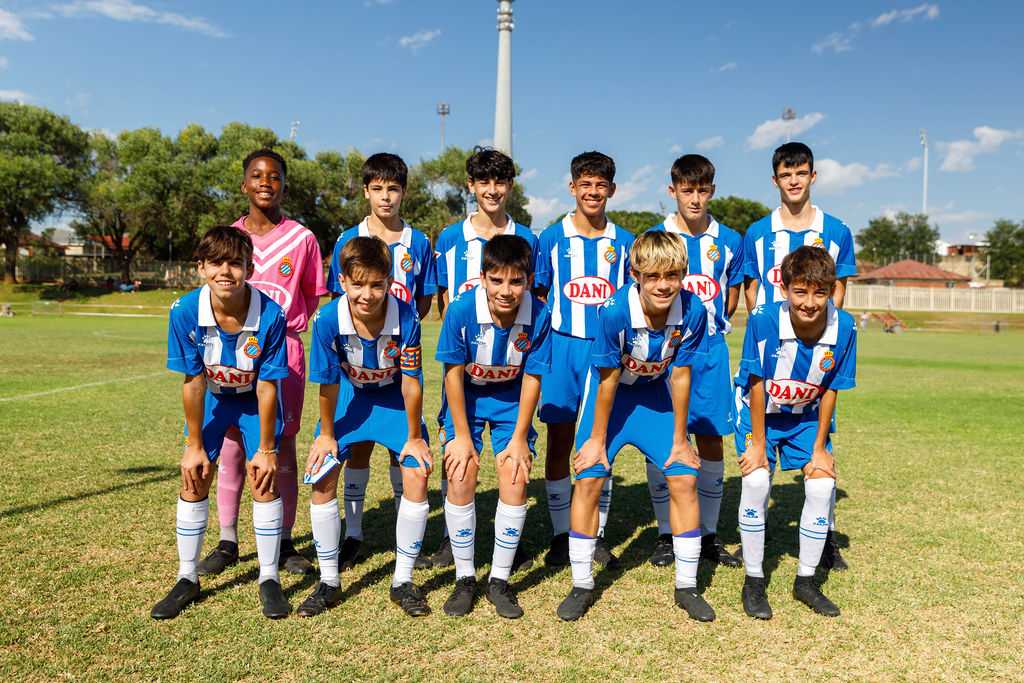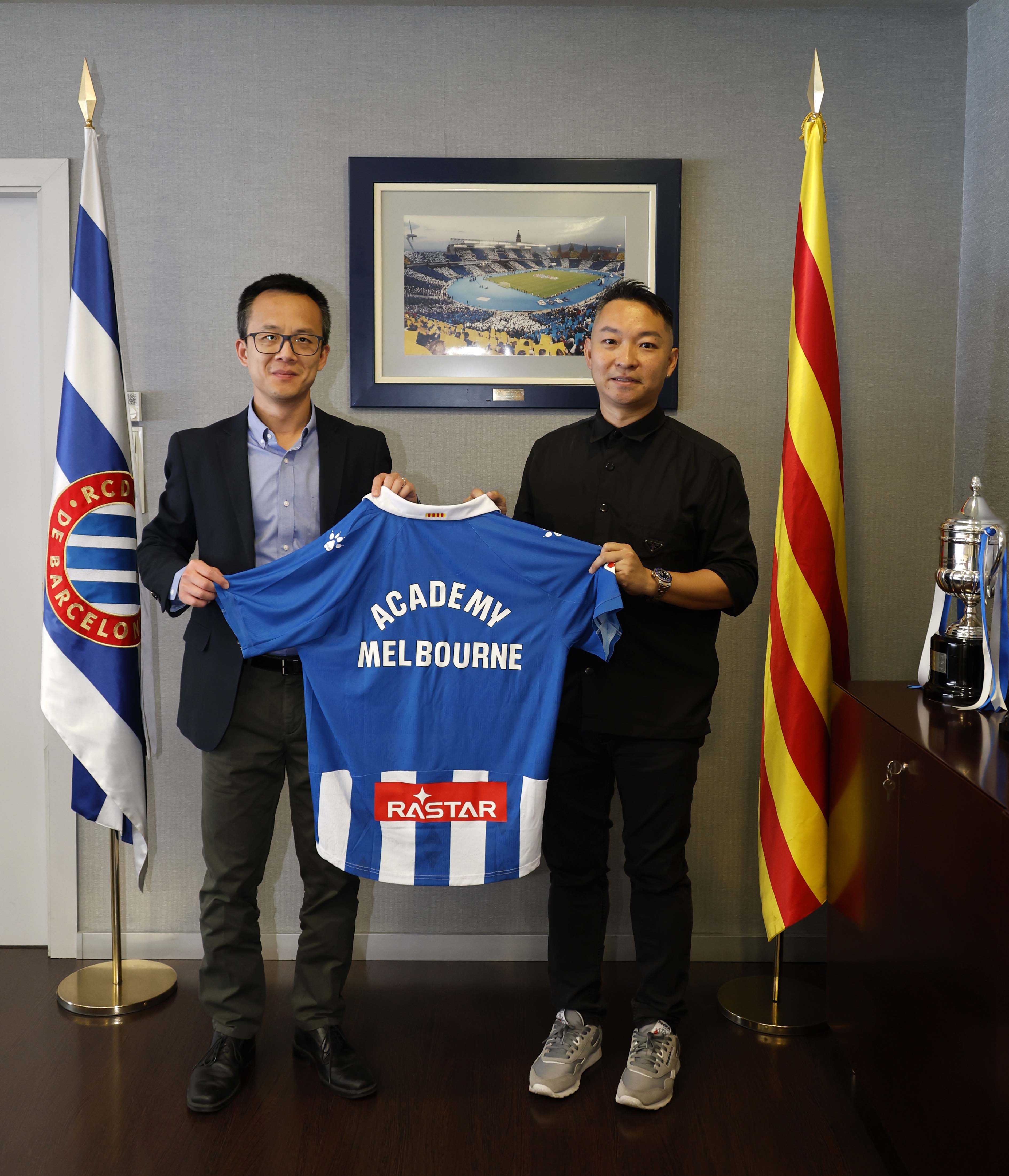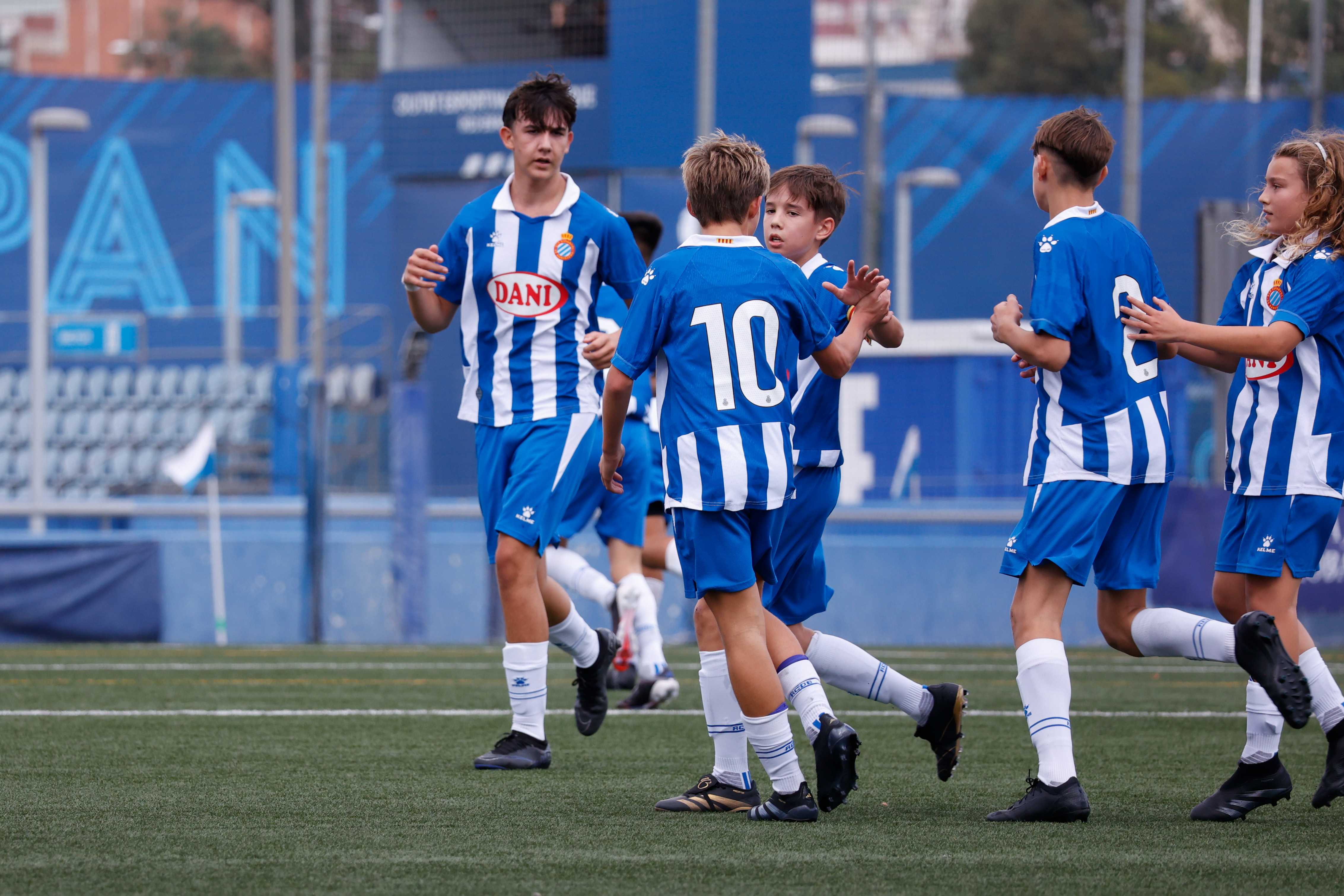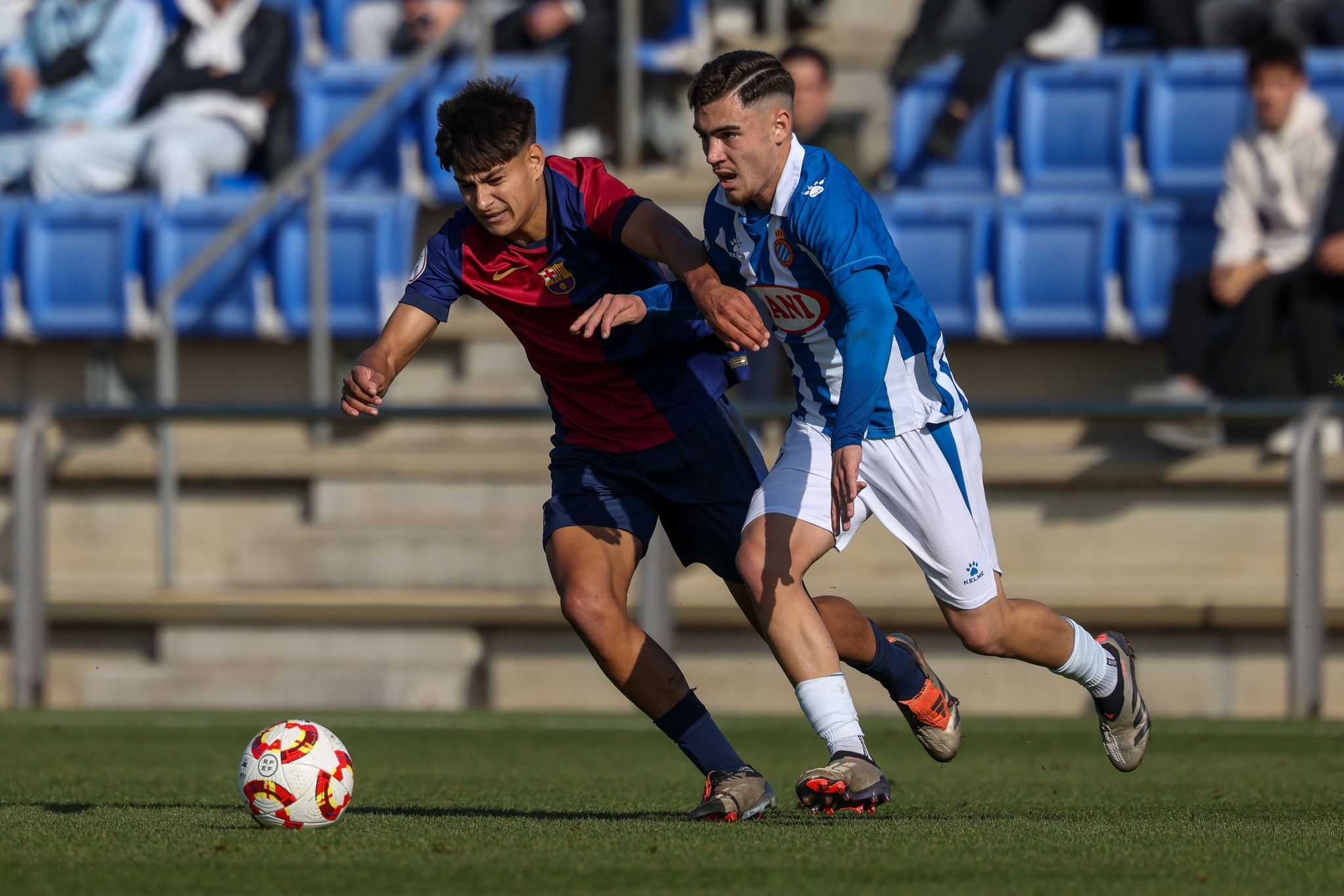Espanyol's ties to the city of Barcelona
More than 24 football pitches have been home to RCD Espanyol and the reserve team in its 124 years of existence
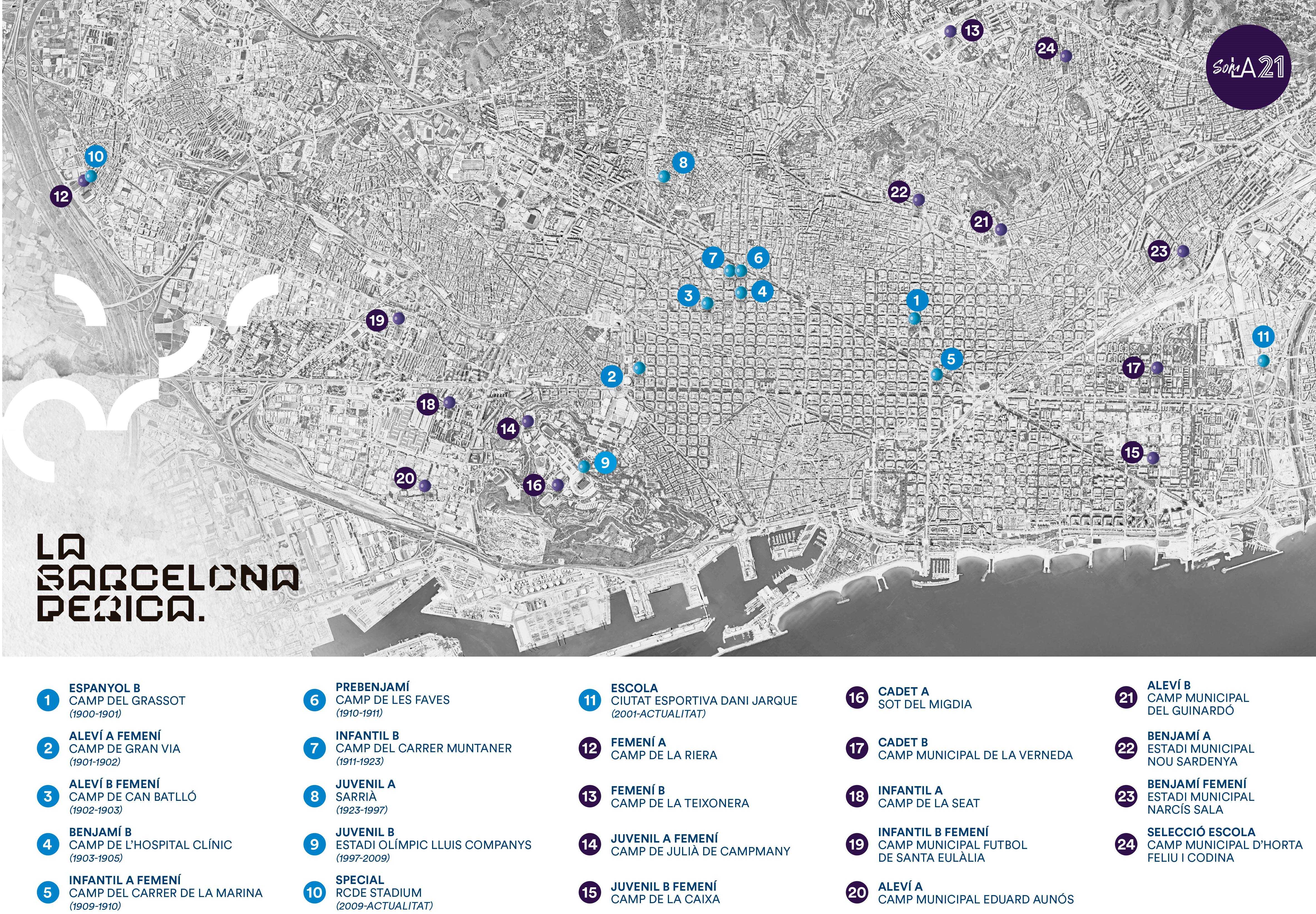
On October 28, 1900, in the auditorium of the University of Barcelona, in the heart of Gran Via, three university students (Ángel Rodríguez, Octavi Aballí and Lluís Roca) founded Espanyol.
Between the two Worlds's Fairs, in 1888 and 1929, which changed the face of Barcelona, and in the midst of urban, demographic and social turmoil, football was becoming more prominent and attracting athletes and fans.
Espanyol have now reached 124 years of history and have grown and developed at the same time as the city of Barcelona itself.
Today, in a historical journey that has begun by diving into photo and newspaper archives, it has been confirmed that Espanyol players, in their different categories, have played at home in more than 24 fields spread throughout the city of Barcelona and the nearest surrounding areas.
Some of these venues have hardly changed. Of others, there is hardly any memory or even a minimal identifiable trace. All of them were -and will forever be- linked to the 124 years of Los Pericos.
For example, the esplanade of the Sagrada Familia, in what was known as the Camp del Grassot, was the first pitch on which Espanyol played, between 1900 and 1901.
A year later, the team moved to the Camp de la Gran Via (1901-1902). The space it occupied then is now the Parc de l’Escorxador, an area that changed radically in appearance and use with the 1929 World's Fair.
Very close to the Hospital Clínic was the Camp de Can Batlló (Espanyol’s second ground between 1902-1903). Today it is the Escola Industrial industrial school, in a phase of ambitious remodelling.
Between 1903 and 1905, opposite the entrance to the Faculty of Medicine, the Camp de l’Hospital Clínic was located. It was the first to have a perimeter recognised throughout the city, but little by little became too small for the club's ambitions.
Between 1909 and 1910, in the midst of the club's re-foundation, the team played their matches at the Camp de la Marina, opposite the Monumental building.
Looking for a new venue, Espanyol went to the Camp de les Faves (1910-1911), between the streets that are currently named Londres, Aribau, París and Muntaner.
Just a few metres further on, in the midst of the maelstrom of Muntaner street, another ground was used between 1911-1923.
The next ground was the legendary Sarrià stadium (1923-1997), the most fondly remembered field for its history and also a World Cup venue.
However, the demolition of Sarrià forced a new move and, thus, the Lluís Companys Olympic Stadium, just five years after the Barcelona Olympics (1992), became the penultimate home of the Espanyol first team for just over a decade (1997-2009).
With its inauguration on August 2nd, 2009, the RCDE Stadium became one of Spain's most state of the art grounds. It featured innovative architectural alternatives that became a reference for subsequent projects, as well as winning the Stadium Business Award in 2010 for the best sports facility of the year.
In addition to the Ciudad Deportiva Dani Jarque training ground (opened in 2001), the reserve team have also played on pitches such as La Teixonera, La Caixa, Sot del Migdia, La Verneda and Camp del Guinardó, as well as Nou Sardenya, Narcís Sala and Feliu y Codina. In total, more than two dozen venues have born witness to the undeniable ties between Espanyol and Barcelona over the past 124 years.
Gallery

